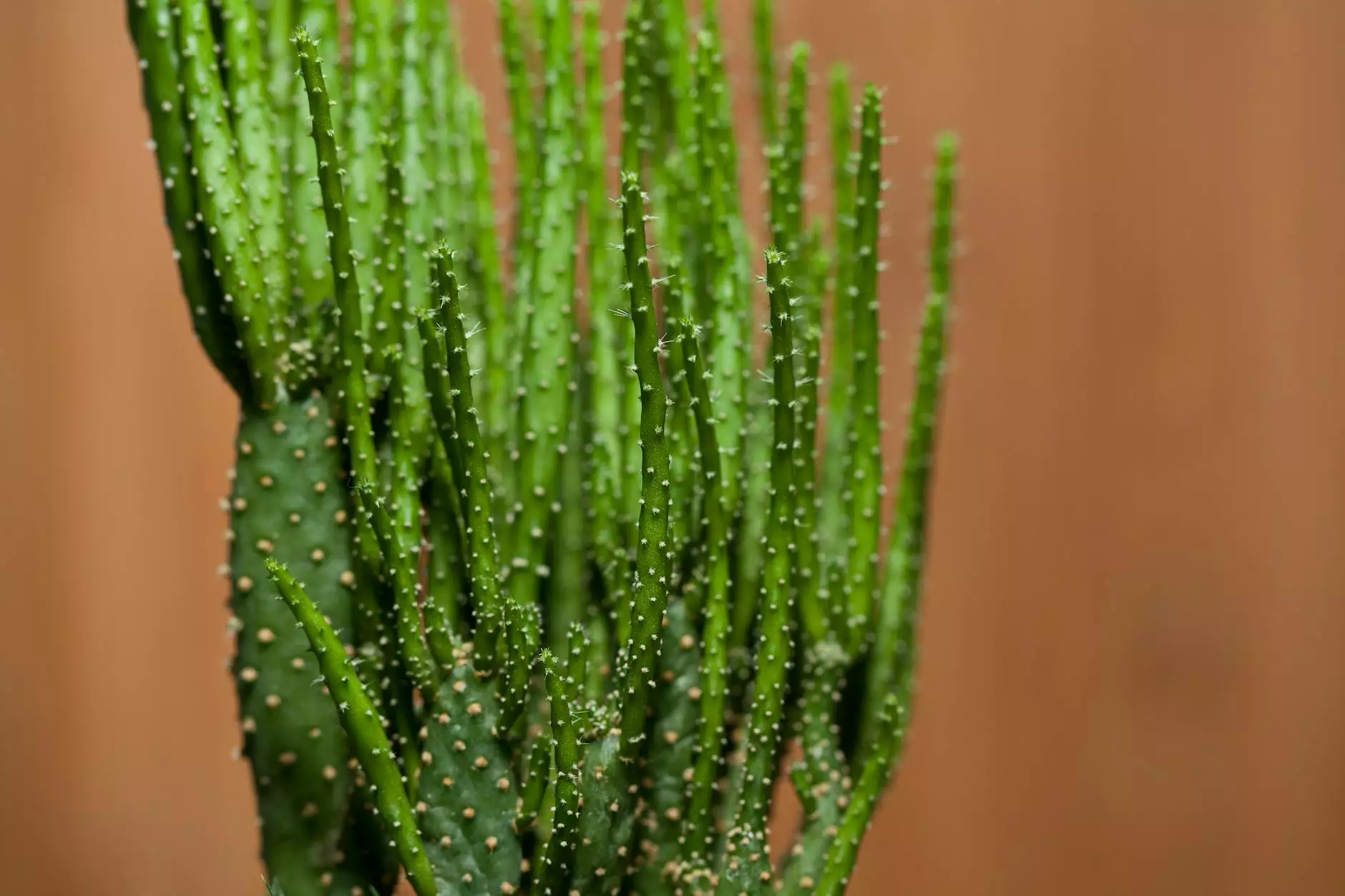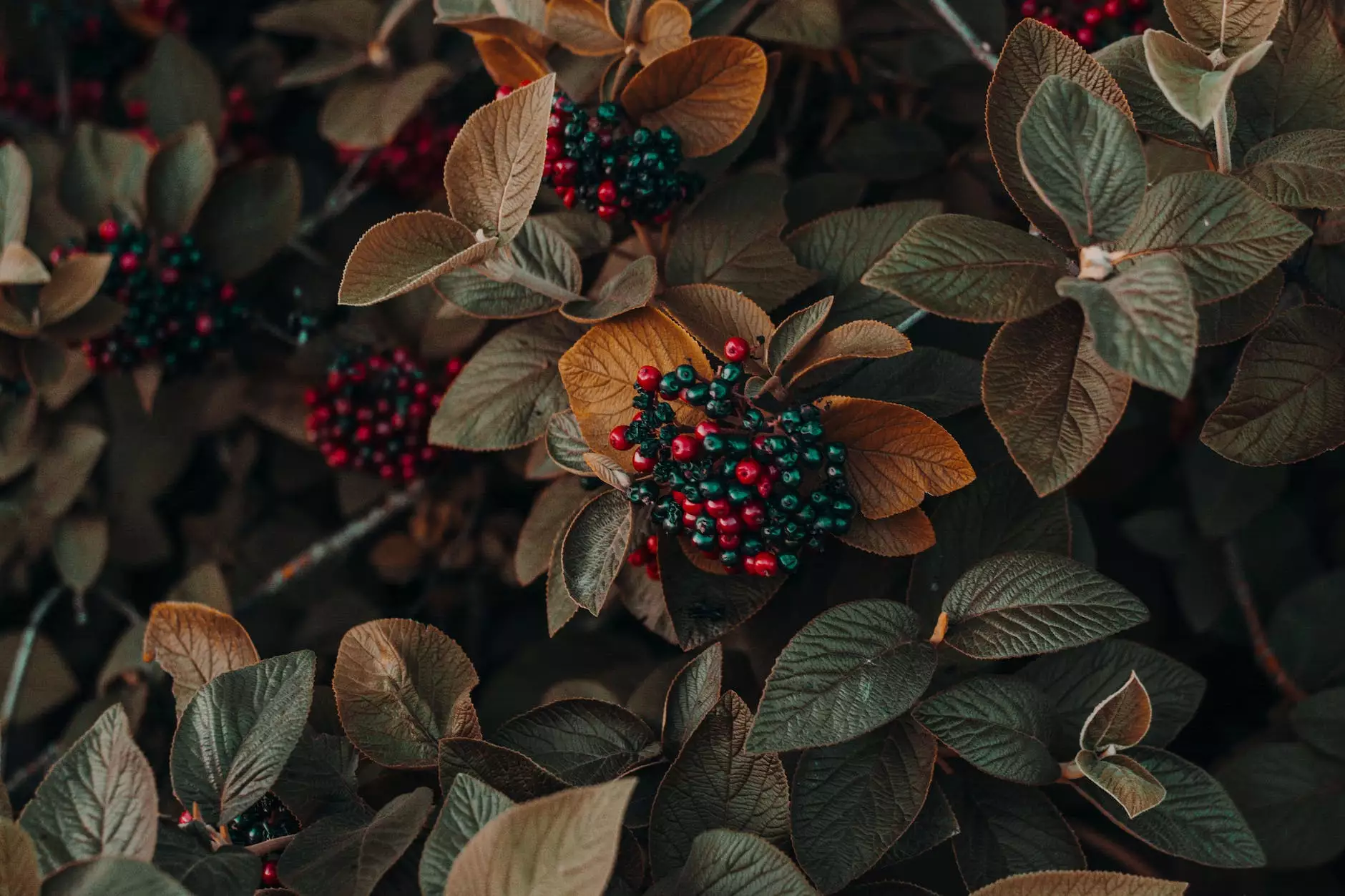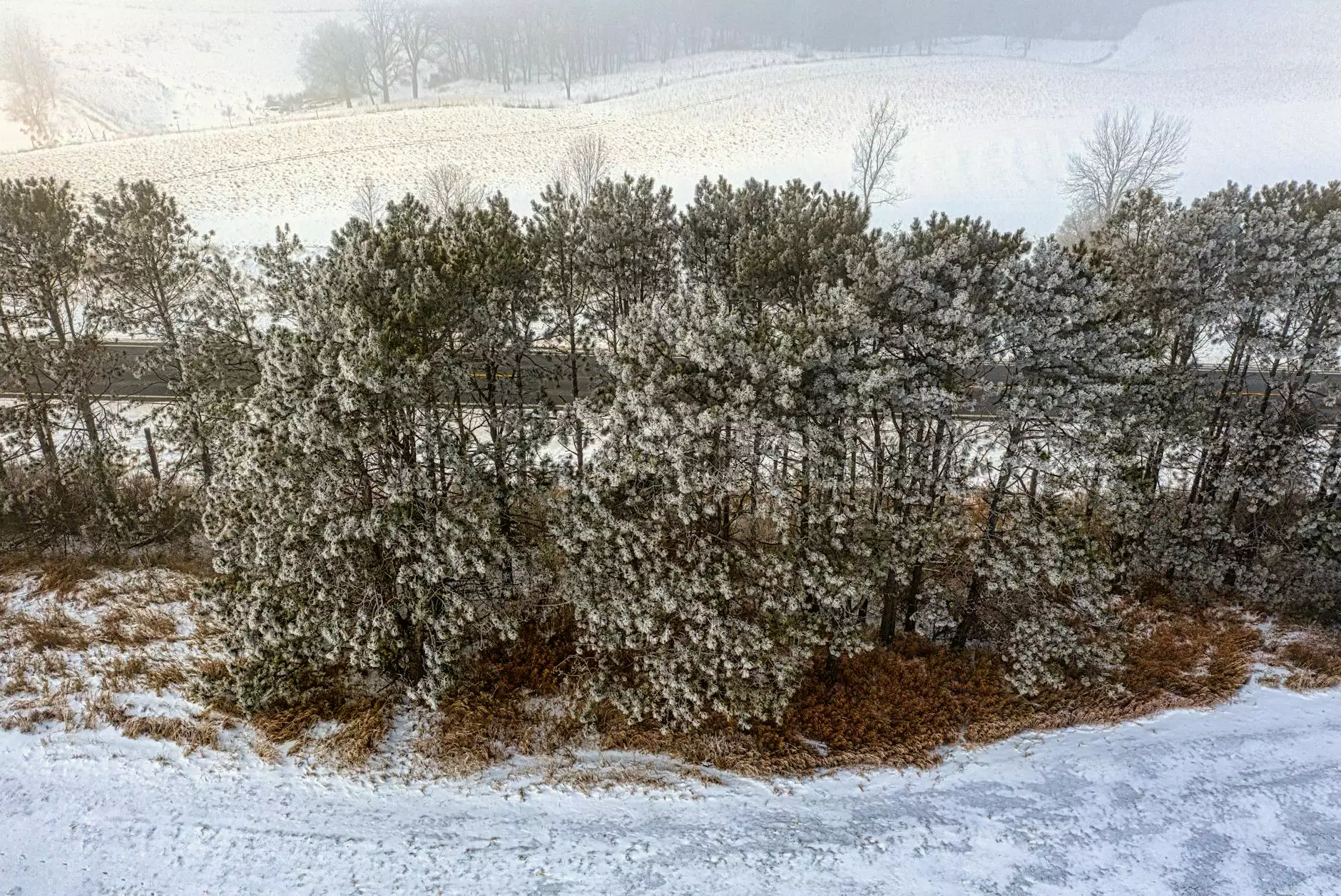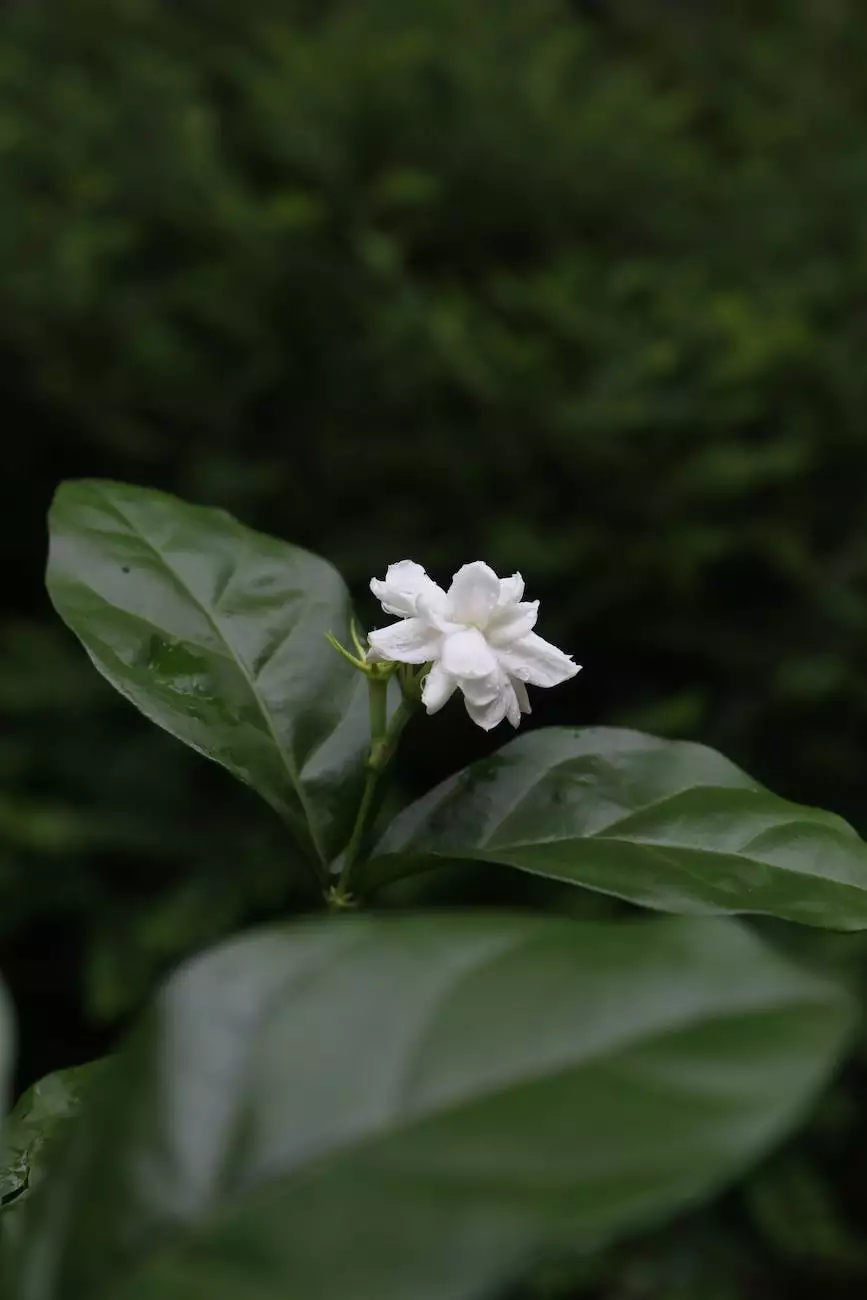How to Read a Seed Packet

Gardening is a wonderful and fulfilling hobby that allows individuals to connect with nature and create beautiful outdoor spaces. One of the key aspects of successful gardening is understanding how to read and interpret a seed packet. At La Venezia Art & Fashion, we believe in equipping our customers with the knowledge they need to make informed decisions for their gardening needs. In this comprehensive guide, we will walk you through the essential elements found on a seed packet, providing you with the necessary information to start your gardening journey on the right foot.
Understanding Planting Instructions
Planting instructions are crucial for ensuring that your seeds have optimal conditions for germination and growth. On a seed packet, you will often find a section that outlines the specific planting requirements for the particular plant variety you are interested in. These instructions typically include details such as:
- Recommended planting time
- Optimal soil temperature
- Sunlight requirements
- Spacing between plants
- Depth of planting
- Watering needs
By carefully following the planting instructions, you can provide your seeds with the best environment to thrive. Whether you are growing vegetables, herbs, or flowers, understanding these instructions will give you a head start in your gardening endeavors.
Deciphering Seed Viability Information
Seed packets often provide valuable information regarding seed viability. This refers to the length of time that seeds can remain dormant and still be able to germinate successfully. It is a crucial factor to consider, especially if you have stored seeds from previous seasons.
On the seed packet, you will typically find the germination rate expressed as a percentage. This represents the likelihood of seeds sprouting and developing into healthy plants. Additionally, some packets may include a "packaged for" date which indicates the year the seeds were packaged. By taking note of this information, you can gauge the freshness and viability of the seeds, enabling you to make informed decisions about their usage.
Exploring Plant Characteristics and Growth Habit
Another important aspect of reading a seed packet is understanding the characteristics and growth habit of the plant you wish to grow. This information gives you an idea of what to expect in terms of plant size, flower or fruit color, and overall appearance.
Seed packets often provide valuable insights into plant characteristics, including information such as:
- Plant height and spread
- Flowering period
- Fruit size and color
- Leaf shape and color
By familiarizing yourself with these details, you can make well-informed choices when planning your garden layout and selecting complementary plants. Furthermore, understanding the growth habit of plants allows you to provide appropriate support, such as trellises or cages, if needed.
Recognizing Pest and Disease Resistance
When browsing seed packets, it is essential to consider any information regarding pest and disease resistance. Certain plant varieties exhibit natural resistance to common pests and diseases, which can greatly benefit your garden's overall health and productivity.
Seed packets often include icons or verbiage that indicate resistance to specific pests or diseases. For example, a packet may mention resistance to common garden pests like aphids or diseases like powdery mildew. By selecting resistant varieties, you can reduce the need for chemical interventions and promote a more organic and sustainable gardening approach.
Considering Days to Maturity
For those eager to enjoy the literal fruits of their labor, the "days to maturity" information is particularly valuable. This figure represents the average number of days it takes for a plant to develop and produce harvest-ready fruits or vegetables.
By examining the days to maturity, you can plan your planting schedule accordingly, ensuring a continuous and abundant harvest throughout the growing season. It also helps you space out your planting activities and make informed choices about succession planting, especially for crops with short harvesting windows.
Conclusion
Reading a seed packet is an essential skill for every gardener, whether you are a beginner or an experienced enthusiast. Understanding planting instructions, deciphering seed viability, exploring plant characteristics, recognizing pest and disease resistance, and considering days to maturity are all vital components of making informed decisions for your garden.
At La Venezia Art & Fashion, we strive to provide you with the highest quality seeds and gardening resources. By arming yourself with knowledge about how to read a seed packet, you can embark on a successful gardening journey with confidence and achieve the beautiful and bountiful garden you desire.









